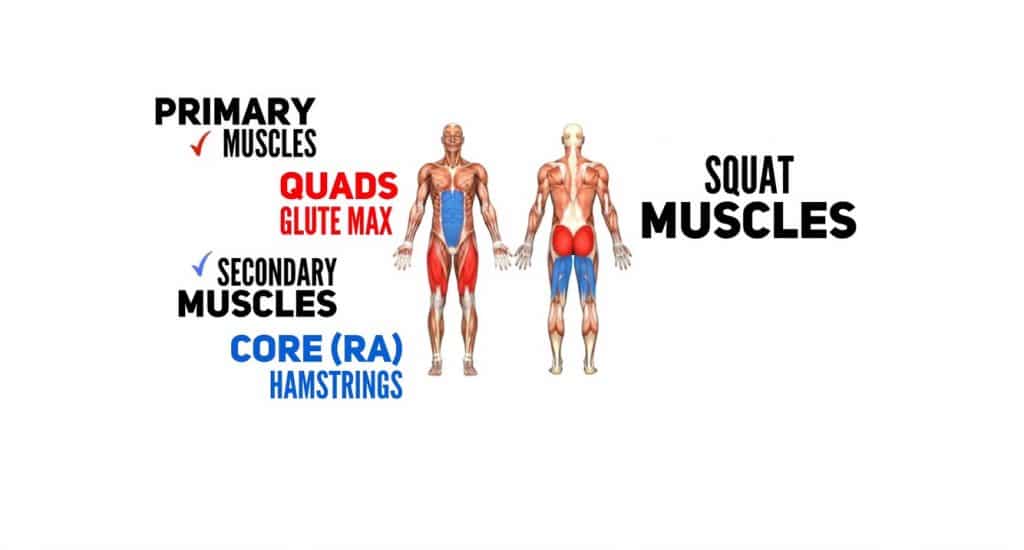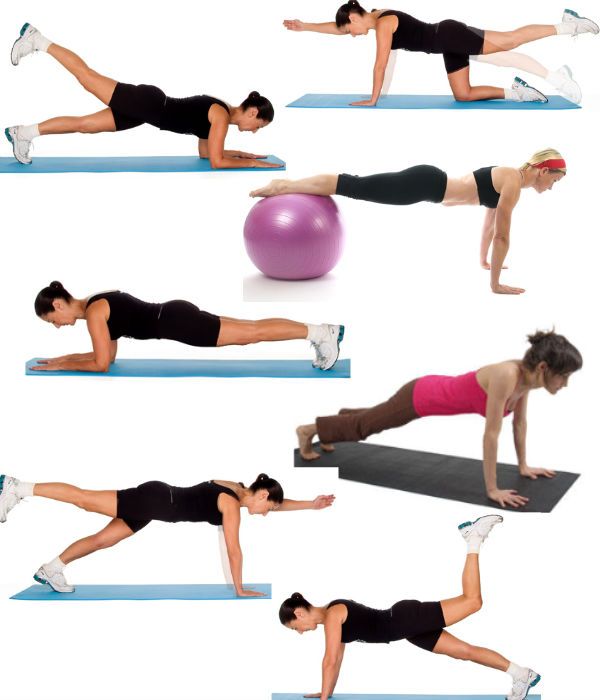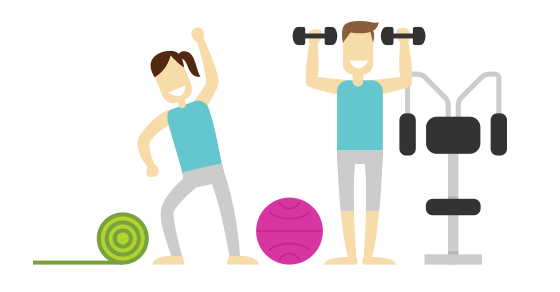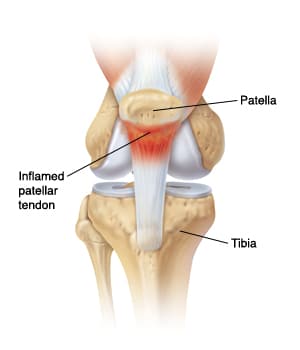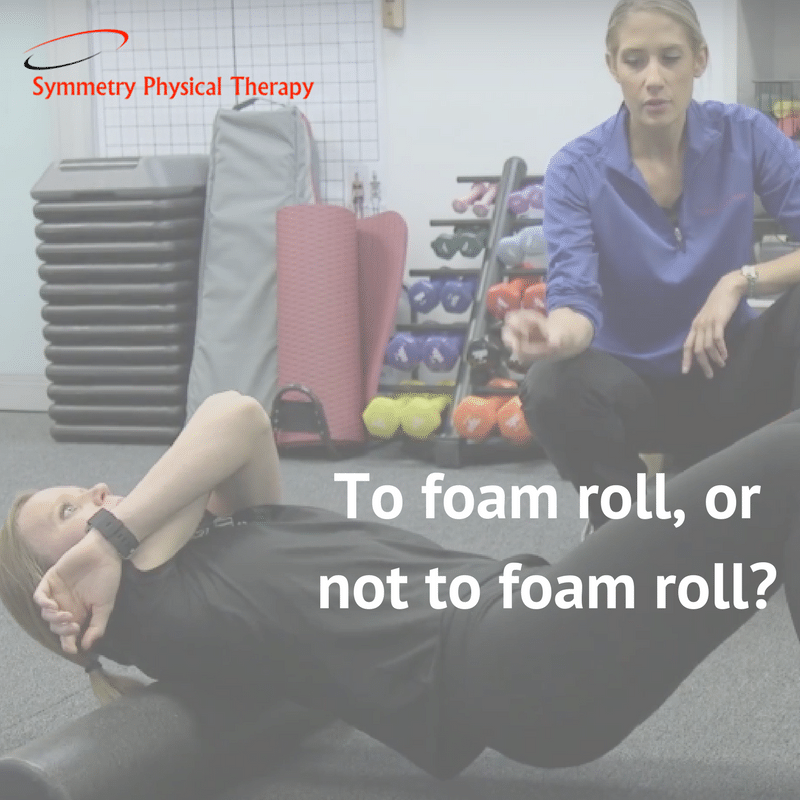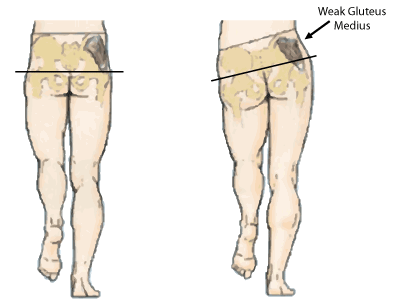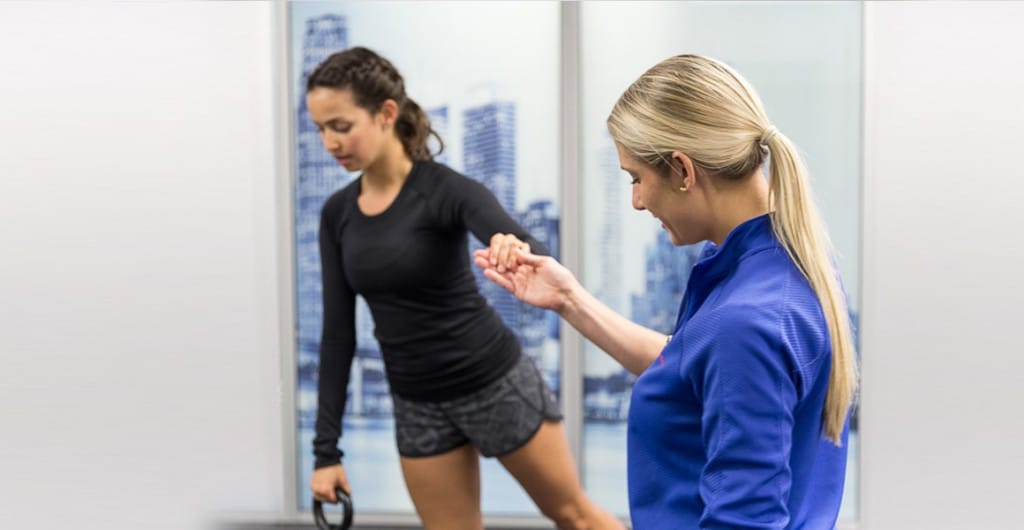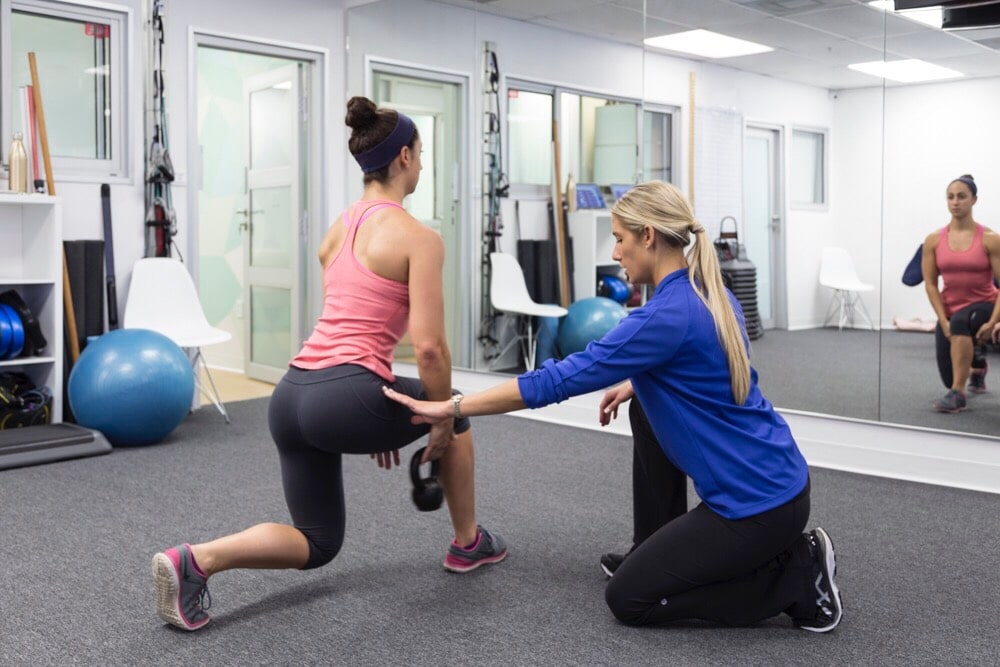Posts Tagged ‘virtual physical therapy’
Front Squat Vs. Back Squat: How do they differ?
So many people at the gym are performing both front squats and back squats, without ever really understanding the difference. How are they different? What muscles do they elicit? While all squats generally elicit the same muscles, the different lies in which are fired more during which movement. The muscles of squat we will investigate…
Read MoreThe Difference between Exercise Variation and Movement Variation
This piece explains what exercise variation and movement variation are, and how they can help or hurt your training if not implemented appropriately. WHAT IS EXERCISE VARIATION? Exercise variation is exactly what it sounds like. It means you do a bunch of different kinds of exercises. Exercise variation can be in reference to one workout, or…
Read MoreCan Exercise cause Happiness?
What do I need to know about the brain? Before we tell you: does exercise cause happiness, Let’s learn a little about the brain. The brain has a bunch of nerves that “talk to each other”. Basically, these nerves communicate by passing notes. Notes, in the brain, are chemicals called neurotransmitters. So, these notes (or neurotransmitters)…
Read MoreEccentrics for tendinopathy?
What is tendinopathy? “Tendinopathy” is an umbrella term for any painful condition going on within a tendon. And remember, tendons are what connect muscles to their origins and insertions on bones. These types of conditions come about from things like overuse injuries – like “runner’s knee”, which stems from overuse of the patellar tendon from…
Read MoreWhat’s the deal with foam rolling?
Perhaps one of the biggest buzzwords in the fitness and physical therapy communities is foam rolling. Isn’t that what everyone recommends doing these days? Walk into any gym and you’ll see foam rollers of all shapes and sizes. Chances are, you probably even have one tucked away in your closet or the corner of your…
Read MoreThoracic Mobility
We’re diving into the importance of thoracic mobility. The thoracic spine is a region that commonly becomes less mobile and stiffer. If we take a joint-by-joint approach, we can see that each joint in the body has a primary need based on the way it’s designed and how it functions. Notice that each joint alternates…
Read MoreWeak Glutes & Glute Med
Do you have weak glutes? The glute med is an abductor of the leg – meaning it functions to move your leg away from the midline of your body. In running and walking, it works to stabilize the pelvis on the opposite side. This is why standing on one leg and looking for that opposite…
Read More5 Physical Therapy Myths
First, physical therapy is a well-known and popular profession, but a lot of people don’t fully understand what these healthcare professionals do. We want to dispel some common months about the field of physical therapy. This will help paint a better picture of what this amazing profession is all about. Anyone can do physical therapy…
Read MorePersonalized Treatment
Introduction Symmetry Physical Therapy operates on the motto of personalized treatment and does so to the fullest extent. Rehab after an injury can be an intimidating process for most. It can even make you feel pretty defeated when you can’t do the things you’re used to being able to do. At Symmetry, there’s no cookie-cutter…
Read MoreStretch Therapy
Stretch therapy is great to incorporate into your physical therapy. Although it is something that may seem commonsense, there is a science to stretching effectively. For example, you must hold a stretch for at least 30 seconds to lengthen muscle fiber- anything less than this amount of time actually doesn’t do anything for your body.…
Read More
